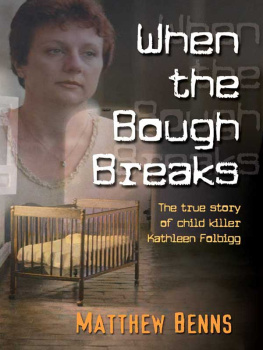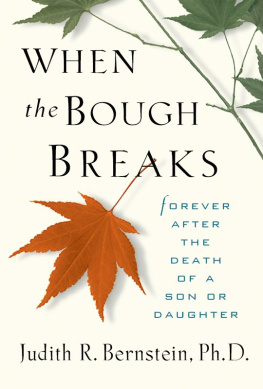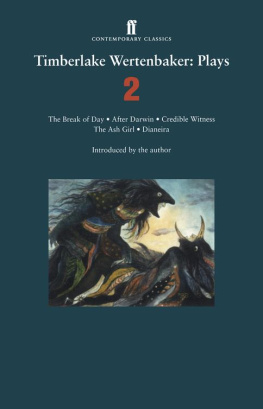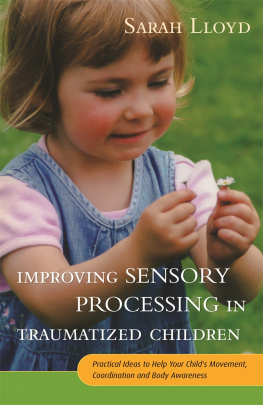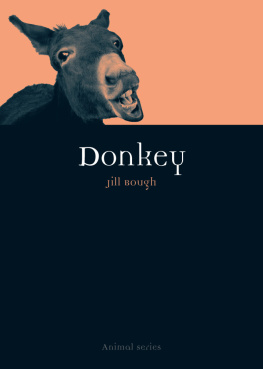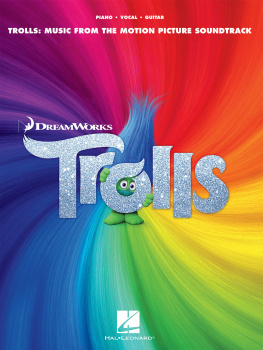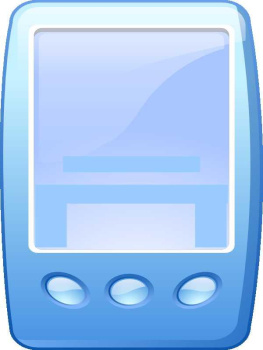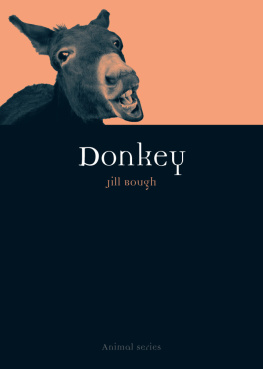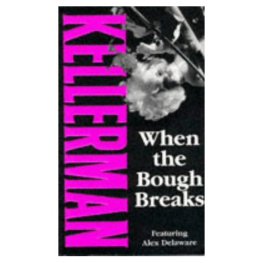ENVIRONMENTALEM AND POLITICS
Volume 1
When the Bough Breaks...
Our children, our environment
Full list of titles in the set
ENVIRONMENTALEM AND POLITICS
| Volume 1: | When the Bough Breaks... |
| Volume 2: | Dirty Words |
| Volume 3: | Fax |
| Volume 4: | World Who is Who and Does What in Environment and Conservation |
| Volume 5: | Environmental Law and Citizen Action |
| Volume 6: | British Politics and the Environment |
| Volume 7: | Waste not Want not |
| Volume 8: | The Earthscan Action Handbook for People and Planet |
| Volume 9: | Richer Futures |

First published in 1990
This edition first published in 2009 by Earthscan
Copyright 1990 by Lloyd Timberlake and Laura Thomas 1990 of When the bough breaks...., peom on p. iv by Andrew Motion
All rights reserved
ISBN 978-1-84971-002-2 (Volume 1)
ISBN 978-1-84971-001-5 (Environmentalism and Politics set)
ISBN 978-1-84407-930-8 (Earthscan Library Collection)
ISBN 978-1-13405-861-7 (ePub)
For a full list of publications please contact:
Earthscan
Dunstan House
14a St Cross Street
London EC1N 8XA, UK
Tel: +44 (0)20 7841 1930
Fax: +44 (0)20 7242 1474
Email:
Web: www.earthscan.co.uk
22883 Quicksilver Drive, Sterling, VA 20166-2012, USA
Earthscan publishes in association with the International Institute for Environment and Development
A catalogue record for this book is available from the British Library
Library of Congress Cataloging-in-Publication Data has been applied for
Publishers note
The publisher has made every effort to ensure the quality of this reprint, but points out that some imperfections in the original copies may be apparent.
At Earthscan we strive to minimize our environmental impacts and carbon footprint through reducing waste, recycling and offsetting our Co2 emissions, including those created through publication of this book. For more details of our environmental policy, see www.earthscan.co.uk.
This book was printed in the UK by CPI Antony Rowe.
The paper used is FSC certified. |  |
When the bough breaks...
First published in 1990 by
Earthscan Publications Ltd
3 Endsleigh Street, London WC1H ODD
Copyright 1990 by Lloyd Timberlake and Laura Thomas
Copyright 1990 of When the bough breaks...,
poem on p. iv by Andrew Motion
All rights reserved
British Library Cataloguing in Publication Data
Timberlake, Lloyd
When the bough breaks: our children, our environment.
1. Environment. Conservation
I. Title II. Thomas, Laura
337.72
ISBN 1-85383-082-8
This publication accompanies the television documentary When the bough breaks.. . produced by CentralObserver in association with the Television Trust for the Environment, as part of Central ITVs Viewpoint 90 series.
1990 Photographs Central Independent Television PLC.
1990 Photographs Mark Edwards
Design by Mick Keates (071-381 6853)
Production by David Williams Associates (081-521 4130)
Typeset by DP Photosetting, Aylesbury, Bucks.
Earthscan Publications Ltd is an editorially independent and wholly owned subsidiary of the International Institute for Environment and Development (IIED).
This book has had a complex birth. The United Nations Environment Programme (UNEP) and UNICEF have prepared for publication on 5 June 1990 World Environment Day a global report on Children and the Environment. Lloyd Timberlake worked with the Egyptian scientist Essam El-Hinnawi in the preparation of that document, which was also the report of the executive director of UNEP to governments for 1990.
Thus when Central Television, the Observer newspaper and Television Trust for the Environment joined forces to produce a television programme the first of many planned environmental programmes on children and the environment, based on the themes of the UN report, the idea was born for the publication of a popular book on the subject. Laura Thomas joined the effort as co-author.
While When the bough breaks. .. does not necessarily represent the views of UNICEF, UNEP or any other UN organization, and received no UN funding, we are grateful to both organizations for their encouragement, and for the data and information they so freely provided. (However, any errors in the book remain the sole responsibility of the authors.)
We are also grateful for the support we have received from Lawrence Moore and Robbie Stamp, producers of the television programme When the bough breaks.. , and the rest of the staff of Central Television, the Observer, Friends of the Earth, Save the Children, and all of the many other groups campaigning for a safer environment and for childrens welfare, who have given us unselfish practical support and encouragement.
The North and the South
We often use the word North to refer to the richer, industrialized nations of Europe and North America (and Japan), and South to refer to the poorer, mainly tropical nations. The terms do not make much sense, as 85 per cent of the worlds population live north of the equator, but they have become standard. We have also used the terms Third World and developing nations to refer to the Southern nations, even though all nations are developing in one sense or another.
1. States Parties recognise that every child has the inherent right to life.
2. States Parties shall ensure to the maximum extent possible the survival and development of the child.
Article Six of the 1989 UN Convention on the Rights of the Child
Every year, 14 million children under the age of five die in the developing world, not in a drought and famine year, but in an ordinary year.
Everyone talks of the environment crisis and the population crisis; most people have heard of the debt crisis. But who ever speaks of the children crisis? It is as if these deaths have become an acceptable, muted, and natural background noise amid the louder workings of the world: buying, selling, trading, producing, governing, defending, and the general creation of wealth.
In one sense, most of these deaths can be linked to the environment. Four million die of diarrhoeal diseases, usually associated with bad water and contaminated food. Over five million die of diseases such as tetanus, whooping cough, measles and respiratory infections, all caused by microbes that are as natural and long-established in the human environment as the elephant or the oak. One million die of malaria, carried by another natural species, the mosquito. Others die of mixes of causes often malnutrition and worms, which make young bodies vulnerable to opportunistic bacteria and viruses. Many of the most chronically malnourished children are in the care of parents who can no longer grow enough to eat in their over-used, bankrupt environments.



